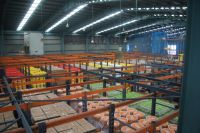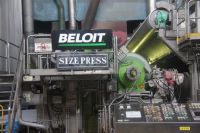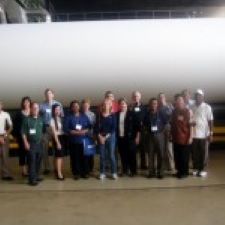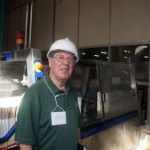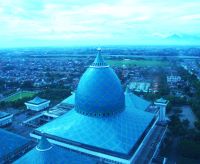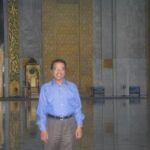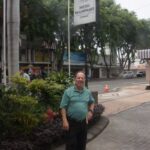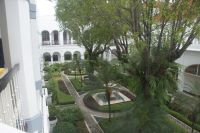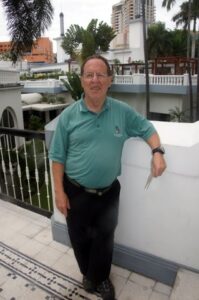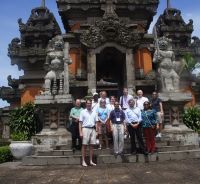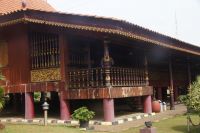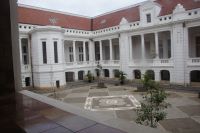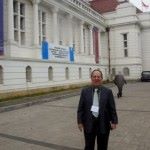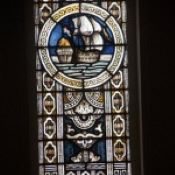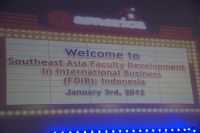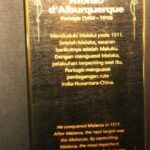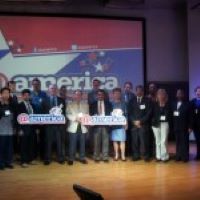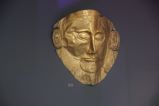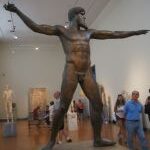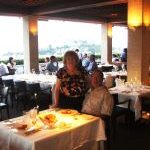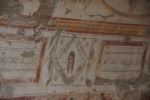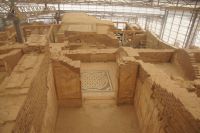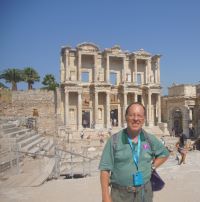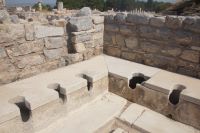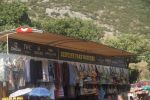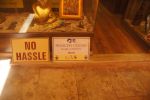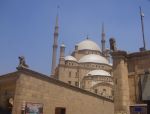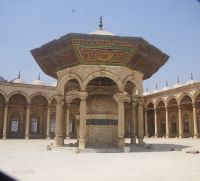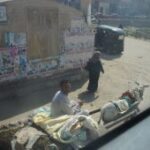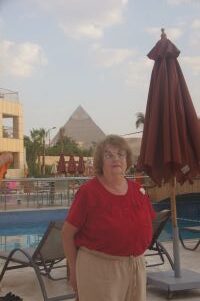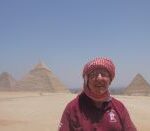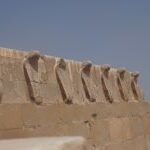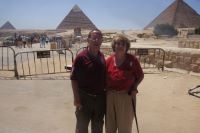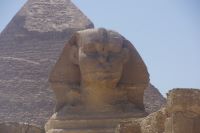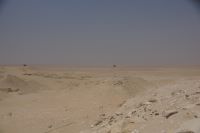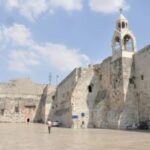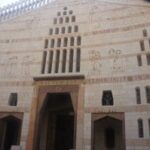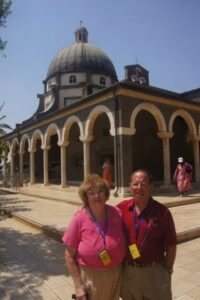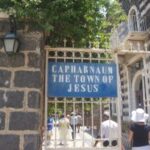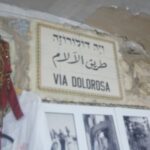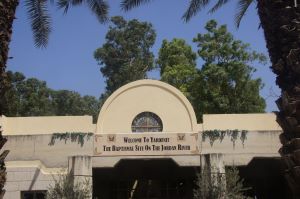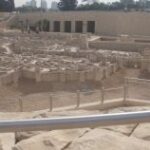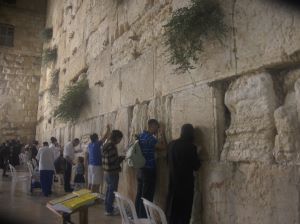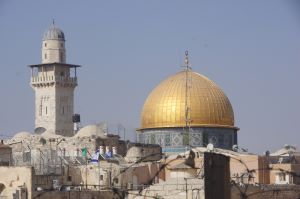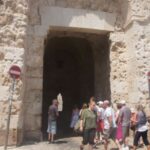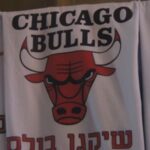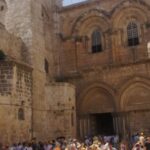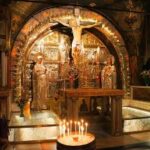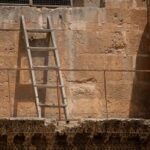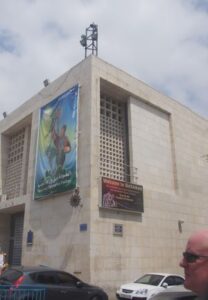Surubaya
A full day of business activities that ended with a visit to what might well be (with apologies to the Chicago Tribune) the World’s Greatest Newspaper, and certainly one of the best businesses to work for, started with a visit to a bicycle maker whose tag line was, “From Indonesia to the World.”
The latter, part of the Insera Sana group, maker of the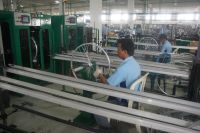 Polygon bicycle, exemplifies a not uncommon Southeast Asian entrepreneurial story—the rise of an émigré Chinese family through hard work, determination, thrift—Horatio Alger traits if you will. The owner, who it turned out unbeknown to us was a 1986 graduate of the University of Wisconsin (to the delight of the tour leaders, who developed this trip on behalf of the University of Wisconsin’s Center for International Business, aided by the University of Hawaii), whose family had fled south China—most Chinese émigrés in the region are from Fujian or Guangdong—for more opportunity elsewhere. When he returned from Wisconsin, he worked with his family for a few years, I think importing bicycles, then, encouraged by his mother, and funded with contributions from the family, he started assembling bicycles. 23 years later, he has made inroads toward his ultimate goal—building a global brand.
Polygon bicycle, exemplifies a not uncommon Southeast Asian entrepreneurial story—the rise of an émigré Chinese family through hard work, determination, thrift—Horatio Alger traits if you will. The owner, who it turned out unbeknown to us was a 1986 graduate of the University of Wisconsin (to the delight of the tour leaders, who developed this trip on behalf of the University of Wisconsin’s Center for International Business, aided by the University of Hawaii), whose family had fled south China—most Chinese émigrés in the region are from Fujian or Guangdong—for more opportunity elsewhere. When he returned from Wisconsin, he worked with his family for a few years, I think importing bicycles, then, encouraged by his mother, and funded with contributions from the family, he started assembling bicycles. 23 years later, he has made inroads toward his ultimate goal—building a global brand.
Polygon makes over 550,000 bicycles a year, some for other brands (which it is trying to reduce), but trying to build its own brand, mostly for the Indonesian market. Walking through the factory, I was struck by how labor intensive it seems, compared to the Mitsubishi assembly line in Normal (though part of the difference might be that Mitsubishi uses sub-assemblers), yet how similar the process of building a bike was to building a car. Aluminum tubing comes and is reshaped and welded into frames, perhaps from China (a lot of the materials were made in China or Taiwan); brake and gear cables and parts come from Taiwan (Shimano); wheels and tires from another country, and the finished product goes out in a box (even the contract ones), bearing the “Made in Indonesia” stamp. We saw the quality control room, too, and if you want a mountain bike, look for a Polygon bike; if it can stand the rocky roads of Indonesia, it can probably tackle the Rockies. The company has bought an American brand, and as one of our participants noted, that proves two things: one, that the company had the cash, and two, that the plans to go global have already been launched.
The second visit was to a Sheet Metal Fabrication shop, a job shop, which takes sheet metal and makes things out of it according to customer specifications. It’s the sort of process that used to be exclusive to the developed world, especially Germany.
Ironically (and this is happening as the developing countries move up the value chain), the company started as a joint venture with Germany, bought German machinery, and the Germans have taught Indonesians how to use lasers, punch machines, etc. Jobs for customers, which include Caterpillar and Hitachi, take 2-5 days, with painted metal taking close to two weeks. 40% of the customers are in the tobacco industry. The young man who demonstrated the work for us is an artist/architect/engineer, whose designs for partitions were quite stunning, and the company’s work has included monuments. Small wonder that a) the company is considering expanding; and b) the German firms (and U.S. firms) are losing prominence in the industry.
There is an American consul general in Surabaya, which covers the eastern half of Indonesia (Papua, on the far east, is run from Jakarta, partly because Papua is one of three provinces of Indonesia that requires a special government visa—administered from Jakarta). The woman who spoke with us went through a kind of ROTC equivalent; she’d gone to graduate school on the State Department’s dime, then had to give three years to the State Department. It’s called the Wrangle (?) program. She gave us a briefing on her consular area, and the growth that is occurring here. She did point to the fact that the government is trying to spread business around the country, which is one reason we did not see many multinationals in Surabaya; many new businesses are being routed to the regional cities around here instead.
The highlight of the day might well have come at the end, when we visited a site you’re not likely to see in the United States—a thriving newspaper (hard copy, at your home before 6 a.m.). Part of the fun visiting the Jawa Pos (it’s in Bahasa) was the newsroom, which reflects the youthful culture of the staff. We were in a huge room with four or five compartments (for the different bureaus), with a round table in the center that we sat around.
The president is 35ish, and he is one of the older people we met (his father, now a government minister, rescued the paper in the 1990s). A graduate of Cal State Sacramento, one of his goals is to see a Nascar race. In the meantime, he heads a paper with a 93% market share, a growing circulation nationally (the POS has 17 different editions, which helps solve the distribution problem—it’s printed in 17 cities) and the group owns approximately 200 other newspapers, TV stations, paper mills, and power plants. Not to mention that his building includes the national (of Indonesia) basketball arena and he is commissioner of the league! He thought one reason his paper is successful is that it has special sections every day for youth (remember that Indonesia majority are under 30; his editor there is 22 and he says he just tells the youth staff to edit and print). Other sections are for new families, and thankfully there is a section for the over 50. It’s an interesting culture, as I said (workout room, music room, etc.); one of the faculty compared it favorably to Google. Interestingly, when the lead story is about the censorship of the Chinese press, Indonesia has no censorship, he said; that was “the old days, and we don’t remember the old days.”
Tonight helped raise the question of whether we ate in the right restaurant. Here’s the clues:
a) Local recommended it;
b) We survived crossing the street to get to it (no mean feat; traffic is vicious and there were no traffic lights);
c) Only motorcycles were in front of it;
d) The sign was hand lettered;
e) The menu was in bahasa;
f) People were smoking;
g) 4 hours later, no after effects.
Still waiting on g, and that may be the most important clue of all!! Still the black soup with lemongrass was certainly worth the b!
